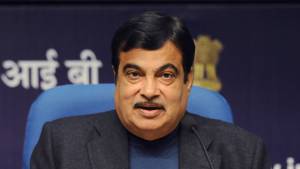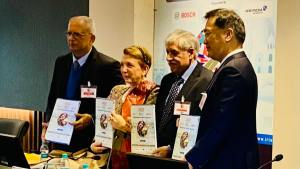Falling standards
Last issue, and on a Facebook Live thing, I had said that the IS 4151, the Indian helmet standard was a world-class document. That's because it was based on the ECE 22.05, widely considered the world's most comprehensive helmet standard.
The big difference between the two was that the ECE mandates a compulsory test - usually conducted at a third-party laboratory authorised by the ECE. The IS 4151, on the other hand, gave the helmet maker the onus of ensuring compliance, the Bureau of Indian Standards (BIS) was required only to check random samples and conduct surprise spot checks on the manufacturer's internal test lab.
Now the flip has switched. And it stinks to high heaven.
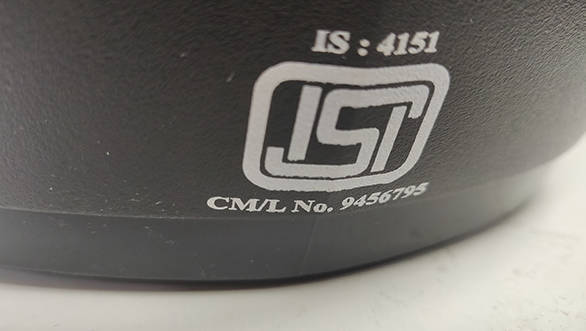
The good part is that Minister for Road Transport and Highways Nitin Gadkari clearly said that the IS 4151 would be moved to the 'mandatory schedule'. This means that from January 2019, as I understand it, ISI-mark carrying helmets have to face mandatory tested for compliance - and we will return to this at the end again.
In the same PTI report, there was the mention of a weight reduction coming.
The basis was some committee report that suggested that since penetrative injuries were statistically low in Indian accident statistics, our standard could bear the lowering of the compliance requirement leading to a weight saving. I haven't been able to locate this report.
But here's the thing. The Government has quietly amended the IS 4151 and made all of these changes. An anonymous source sent us a copy of the changes and you should be scared of the helmets that will arrive next year, compliant with the new IS 4151 requirements.
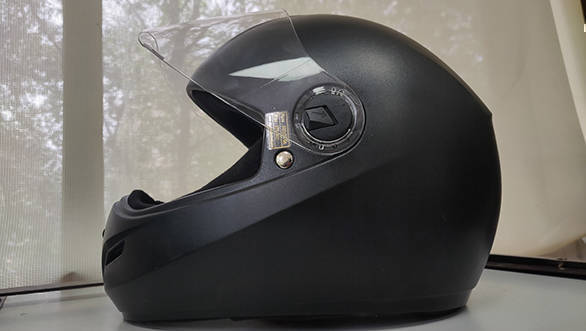
First, the 1,200g weight rule has been deployed. This means that almost every helmet except for the bullshit helmets you get for peanuts will no longer be able to meet the Indian standard. No basis for this rule has been offered at any point. There is also no international standard that quotes 1,200g as the maximum permissible weight that I can find. In fact, the only helmets that will meet this weight standard today I would guess, are the cheap ISI-marked (or fake/non-compliant) helmets on sale today. This is a shockingly illogical and as far as I can see unscientific race to the bottom. Well, they've won. And we all have lost.
Second, the process by which the Indian helmet manufacturers will meet the new weight requirement comes as a shock to me. Because the Government has seen fit, effectively, to permit a worse helmet to now be called compliant. The standard, as it were, has been lowered. I can already see the argument - better for more people to be wearing worse helmets than for most people to not wear any. Set the background track of the Indian helmet makers laughing all the way to their banks.
So what does the new standard say? We spoke to an industry source who's had more time than us to read old and new standards and figure out what's changed.
What he told us rocked us back on our heels. According to him, a compliant helmet can now transmit more force to the head than before. Earlier 275g was the maximum force passed on to the head. Now 400g is all right. They've also added time clauses for high (but lower than 400) g-force exposure, a new idea. Which means now the helmet will be certified even if it absorbs significantly less force than before.

There used to be the idea of the Head Injury Criterion, a composite measure of how protective the helmet is as a sum of its parts, to put it simplistically. Eliminated.
Next, the drop height for the impact test has been lowered 25 per cent. So the helmet has to absorb and survive a smaller impact to be compliant.
I'm appalled. Our government has just put in place a new helmet standard that's actually going to produce less effective helmets as a rule. And if the weight clause wasn't there, this wouldn't be such a big deal because all the helmets that outperform the old IS 4151 would also be able to outperform the new standard. But that weight clause looks like Donald Trump's Mexican Wall to prevent world-class products from being sold in India. And this one's real.
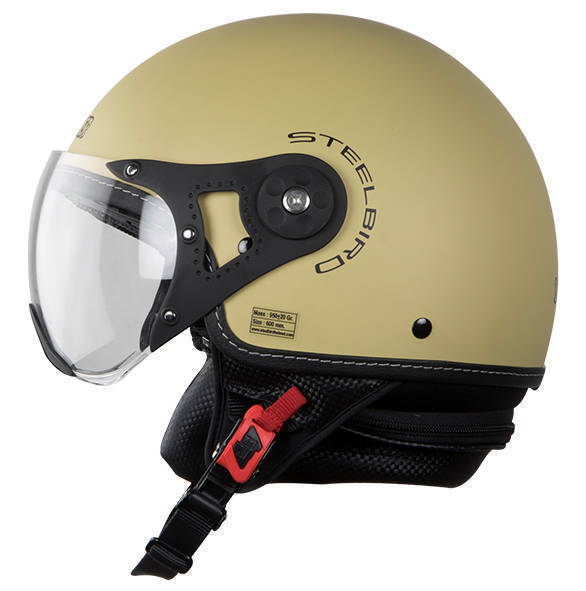
And now we come to the logistics part of this problem. The IS 4151 in its new diluted form is to see mandatory helmet testing. As we discovered in our RTI application responses, Delhi and Parwanoo, HP seem to the only two BIS branch/regional offices with ISI-license requiring 'subscribers'. They tested 81 helmets in all the past 12 months.
The new standard goes into effect January 15, 2019 according to the government circular.
Who will test the new helmets for compliance? The details are thin to absent on the ground. The answer to the question, "Who will test helmets for compliance?" is unanswered.
At the very least, it's a huge logistics challenge - the only helmet testing labs today belong to the very manufacturers who are directly benefiting from the diluted new standard. The BIS, on the face of it, seems ill-equipped to serve the compliance needs of the world's largest two-wheeler market.
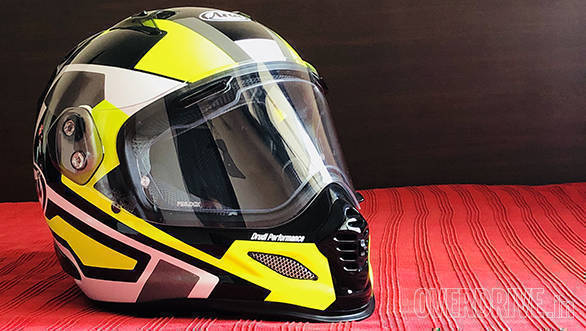
Finally, there are a few of us who will always be able to source and use helmets that are superior to the new wave of ISI-marked helmets that are coming. We will have to run the gauntlet.
I can only speak for myself. I refuse to wear helmets that meet a lower standard.
I'll probably not be hassled a lot because law-making and enforcement in India don't always see eye to eye. But when the day comes and the policeman asks why I'm wearing a non-compliant motorcycle helmet, I'll tell him the truth, "Sir, I use my head, and intend to for a long time. The guys who wrote the new standard I'm now in violation of, didn't."
Also read
Open letter: Does the ban on sale and manufacture of non-ISI helmets even make sense?
10 things to know about the ban on sale of non-ISI helmets in India
Things you should know about helmet safety laws across the world
Your ISI-marked helmet could easily be bullshit
Related Stories
Top Stories
Latest Videos
Most Popular
- Budget Sportbike Showdown: Kawasaki Ninja 500 vs Aprilia RS 457 vs Yamaha YZF-R3
- 2014 Triumph Daytona 675 vs 2024 Kawasaki ZX6R - A Decade of Evolution in Supersport Motorcycles
- Mumbai-Pune Expressway speed restrictions updated
- Nissan Magnite EZ-Shift review - is the AMT any good?
- Nitin Gadkari states that tax on Hybrids should be reduced to 12 percent in the coming future
